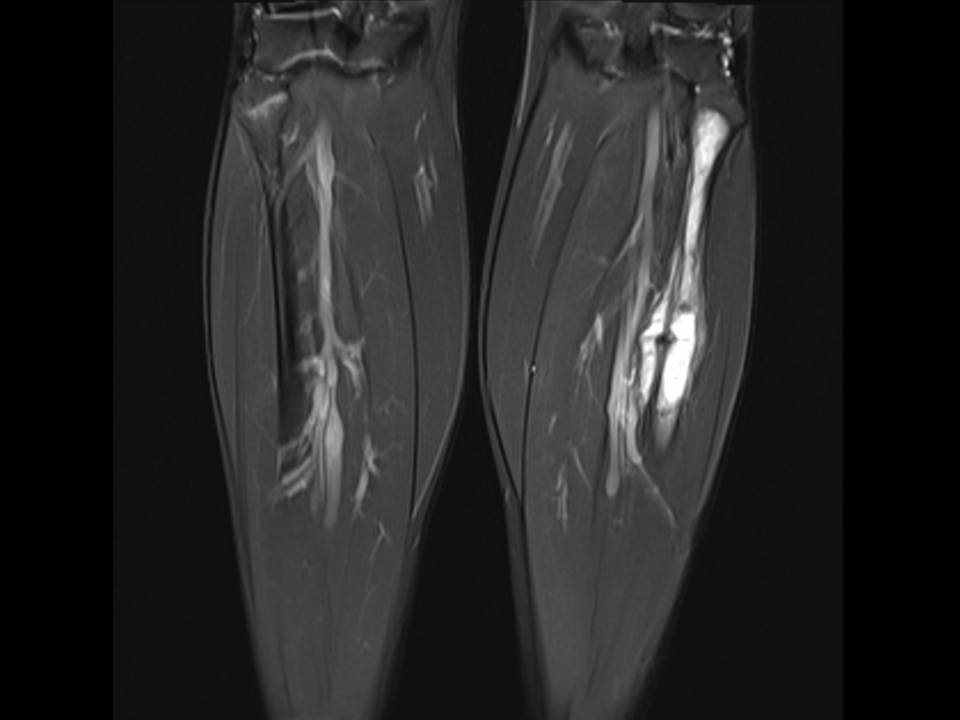Bone tumors in adolescents: not an easy diagnosis

Bone or muscular pain is common in adolescents (15-19-year-old). Growth and sport activity, are usually explanations for many of these situations. But like a needle in a haystack , there are two types of tumors that can be easily missdiagnosed: Ewing´ s sarcoma and osteosarcoma…
Some papers relate this group of age with a delay in the diagnosis of these types of tumors. There are have been suggestions about a different biological behaviour or a different clinical response without confirmation. However, the real origin of this delay can be multifactorial, some factors depending of the patient and family, other related with a low prevalence for these tumors and the third one with a “representation heuristic” because “bone or muscular pain” is not associated with an important disease in the physician´s mind. Several visits to the doctor with different treatments without a clinical response are a common pattern in these population of patients.
IMPROVING STRATEGY: Educational activities around these subject must be implemented for general practitioners. Some “common sense” rules are also important such as to follow the clinical evolution or to ask for some more test if there is no symptomatic improvement.
Now, Adolescents and Young Adult s (AYA) are recognized like a group of patients with a particular clinical management. Pediatrician s and general practitioner s have to think about he possibility of finding a black sheep in the middle of the herd.
REFERENCES
Laura Veneroni, MS, et al. Symptom Interval in Pediatric Patients With Solid Tumors:
Adolescents Are at Greater Risk of Late Diagnosis. Pediatr Blood Cancer 2013;60:605–610

Dr. Daniela Cristina Stefan MD, PhD, and Femke Siemonsma. Delay and Causes of Delay in the Diagnosis of Childhood Cancer in Africa.. Pediatr Blood Cancer 2011;56:80–85




